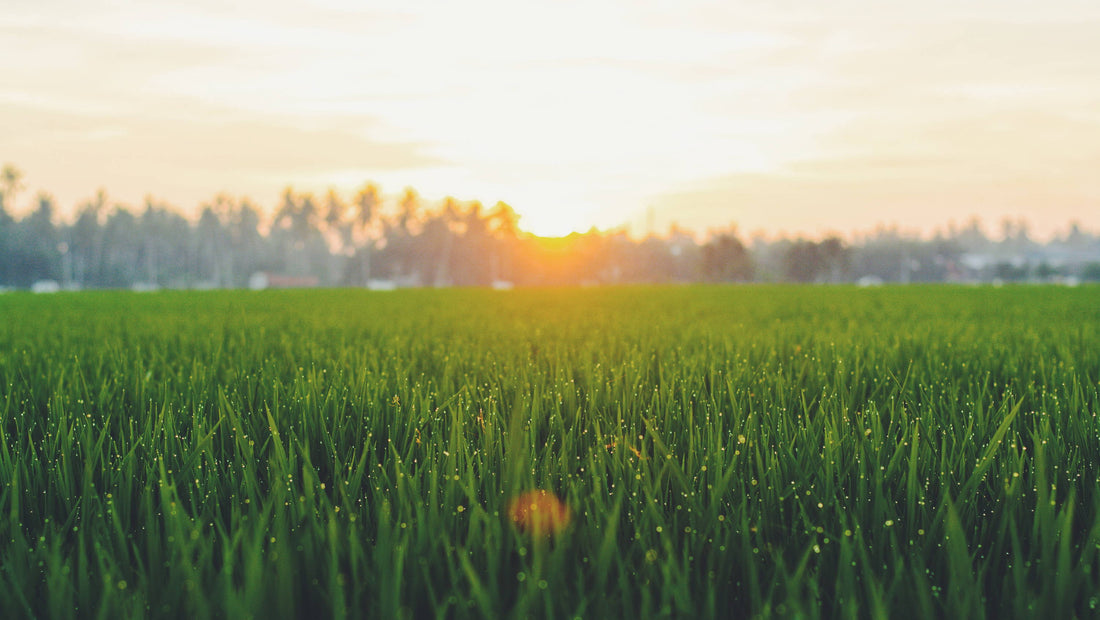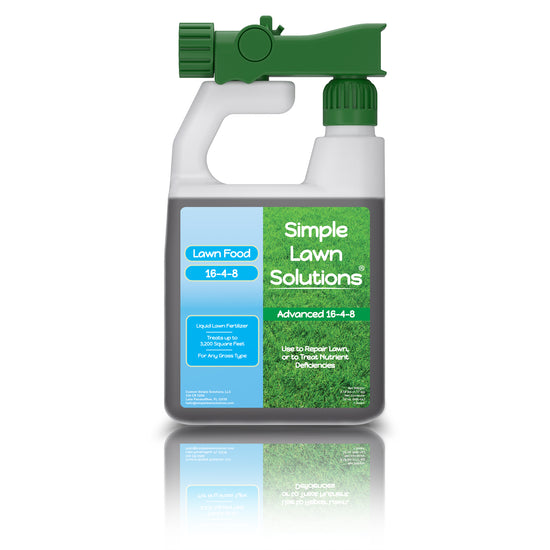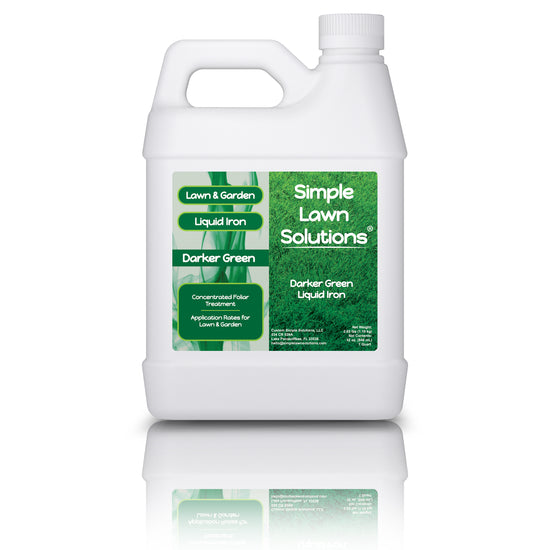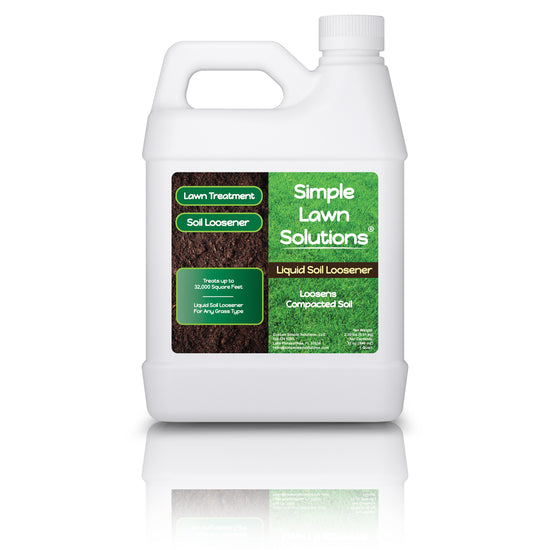Grasses can be classified as either C3 or C4 plants. C3 plants, or Cool-season grasses, are adapted to cool season establishment and growth in either wet or dry environments. C4 plants, or warm-season grasses, are more adapted to hot/tropical seasonal conditions under moist or dry environments. C3 and C4 refer to the different pathways that plants use to capture carbon dioxide during photosynthesis.
Common Warm-season grasses in the United States are bermudagrass, St. Augustinegrass, bahiagrass, centipedegrass, and zoysiagrass. In this post, we will go over the main types of warm-season grass types, pros and cons, and how to identify them.
St. Augustinegrass
St. Augustinegrass is used in the warmest, most humid areas of the United States and is very popular in Florida. This grass type is most often used on lawns or commercial properties, as it’s texture and growth habit are not suitable for use on golf course fairways, tees, or putting greens.
How St. Augustinegrass Grows
St. Augustinegrass spreads by thick, long stolons. Seed germination rate success is very poor, so St. Augustinegrass is typically established by way of sodding or sprigging.
St. Augustinegrass is characterized by very flat and wide leaves (4-10mm), with a blunt leaf tip. The seed head comes up as one thick spike. This turf is extremely dense making it difficult for weeds to poke through. This grass type is hard to miss as it possesses one of the coarsest blades of all the grass types.
Pros of St. Augustinegrass
- Shade tolerant
- Weed resistant
- Heat tolerant
Cons of St. Augustinegrass
St. Augustinegrass requires plenty of water for optimum growth. St. Augustinegrass is also prone to iron deficiency, chinch bugs, sod webworms, gray leaf spot, and a disease called St. Augustinegrass decline.
Bahiagrass
Bahiagrass is a warm-season grass that forms a low density turf. This grass type is more tolerant of the cold than St. Augustinegrass, but it does not thrive during the cold season. This grass type is best suited for low-maintenance areas such as roadways as it does not need a fertile well maintained soil to thrive. Selections like ‘Argentine’ bahiagrass have seen bahia move into use for home lawns.
How Bahiagrass Grows
Bahiagrass is best suited for low-maintenance areas such as roadways as it does not need a fertile well maintained soil. This grass type is typically seeded but it can also be established by sodding. Bahia spreads via rhizomes and stolons.
How to Identify Bahiagrass
Bahiagrass is characterized by a folded vernation, and a flat or folded grass blade that is 4-8 mm wide and sparsely hairy towards the base of the leaf. Bahia has a seed head that forms 2 or 3 spikes that join in at the middle stem.
Pros of Bahiagrass
- Low maintenance
- Low fertilizer needs
- Can grow well in sandy soils
- Better cold tolerance than St. Augustine
- Drought tolerant
Cons of Bahiagrass
Bahiagrass can be very sparse and allow for weeds to thrive. This grass type also produces seed heads very commonly and the number of seed heads can be unsightly and disrupt the uniformity of the lawn. Because of this many people consider this grass type the least aesthetically appealing.
Bermudagrass
Bermudagrass was introduced to the United States in the mid 1700s and is the most widely used warm-season grass type. Bermudagrass is well adapted to the tropical/subtropical weather in the southern United States.When temperatures drop below 50 F, it will stop growing and producing chlorophyll. This grass type is frequently used on golf courses, sports fields, lawns, public areas, and more.
How Bermudagrass Grows
Bermudagrass grows rapidly in the summer and is very heat and drought tolerant.but turns brown when temperatures remain below 50 degrees. This grass type is generally not very tolerant of shade and prefers as much sun as it can get. Bermudagrass can be established by seed, sod or sprigs/plugs, this versatility of establishment makes bermuda a great choice for many situations.
How to Identify Bermudagrass
Bermudagrass forms a thick, dense, low growing lawn. The grass blades are fine in texture, and are pale green to light green in color. This grass type has a folded vernation, with a collar covered in hairs. The grass blades are approximately 1-3 mm wide, with some small hairs on the upper side, rough edges, and a pointed leaf tip. Bermudagrass has a seed head with 3 to 5 spikes that join together at the top of the main stem.
Pros of Bermudagrass
- Drought tolerant
- Tolerant of high traffic
- Heat tolerant
- Forms a thick, low growing, attractive lawn
Cons of Growing Bermudagrass
Bermudagrass can be tough to grow in the transition zone, where there are hot summers and freezing cold winters. Bermudagrass can also be high maintenance needing to be mowed at least once per week, and have higher N requirements than other grass types. Since this grass type prefers full sun, it is not recommended to plant if you have a shady lawn.
Bermudagrass is prone to nematodes, armyworms, sod webworms, mole crickets, and white grub damage. This grass type can develop lawn diseases such as large patch, leaf spot, dollar spot, and more. It is also an aggressive weed that can take over flower and garden beds, if left unchecked.
Centipedegrass
Centipedegrass is best adapted to the most warm, humid areas of the country, but this grass type can be used a little further north than St. Augustine as it has slightly better cold tolerance. This grass type is native to China, and first was used in Florida in the US. Centipedegrass has relatively low fertilizing requirements, and requires a low level of maintenance. Centipedegrass is resistant to most insects and disease, however if over fertilized, this grass type can develop diseases.
How Centipedegrass Grows
Centipedegrass is a low and slow growing grass type that spreads by stolons and is mainly used in lawns. This grass type can form a dense stand of turf. Centipedegrass can be established by sod or seed.
How to Identify Centipedegrass
Centipedegrass has a folded vernation, with a broad collar covered in fine hairs. The grass blades are flat and are about 3-5mm wide and hairy, with a single spike for a seed head. The stolons can be green, yellow-green, or red in color.
Pros of Centipedegrass
- Low maintenance
- Low fertilizer needs
- Resistant to most insects and diseases
- Better cold tolerance than St. Augustine
Cons of Centipedegrass
Centipedegrass is a slow-growing grass that does not withstand traffic well. Even though this grass type is more cold tolerant than St. Augustine, it is still not very cold tolerant and will not thrive in areas with long, cold winters.
Zoysiagrass
Zoysiagrass originated from Asia, and first came to the United States sometime during the early 1900s. Zoysiagrass is a great choice for the Transition Zone, as this grass type is the most cold-hearty of all the warm-season grasses. Zoysiagrass has good shade tolerance for a warm-season grass and can withstand moderate drought.
How Zoysiagrass Grows
Zoysiagrass produces seed, but seed germination success rates are very poor. This grass type is typically established by planting plugs, or laying strips of sod. Zoysiagrass grows into a very thick, dense turf by both stolons and rhizomes, however this turf can take a couple of seasons to fully establish as it can be a slow grower..
How to Identify Zoysiagrass
Zoysiagrass has a rolled vernation, with a medium-sized collar covered in fine hairs. The grass blades are relatively fine and are about 2-3mm wide, with a single spike for a seed head. This grass type forms a very dense lawn that is desirable because of it’s wear tolerance but also for its ability to snuff out weeds.
Pros of Zoysiagrass
- Most cold tolerant warm-season grass
- Great option for transition zone
- Weed resistant
- Relatively shade tolerant
- Drought tolerant
Cons of Zoysiagrass
Zoysiagrass is very slow to establish, and even though zoysia can survive the freezing winters, it will not thrive. Mowing zoysia can be difficult as the grass is coarse and tough. It is also a heavy thatch producer.
Which Grass Type is Best For My Location?
There are a good variety of warm-season grasses, and depending on where you live one grass type may be more suitable than the other. If you live in the transition zone where summers are hot but winters are cold, you may want to consider zoysiagrass. If you are located in Florida, most warm-season grass types will do, but the most popular grass type is St. Augustine. St. Augustine can be grown in southern Texas and California, but this grass type is not drought tolerant. If you live in a hot, dry area, or anywhere throughout the southeast, bermudagrass may be the best choice for you, as it is the most-widely used warm-season lawn grass.
WEB SOURCES
https://www.ndsu.edu/pubweb/chiwonlee/plsc211/student%20papers/article10/Christensen,%20Derek%20Samuel/typesofgrasses.html









